 For almost six months, we've posted a weekly "Culture Corner" blog sharing cultural experiences you can access from home during the pandemic--such as online concerts, theater and art. This has been great fun, actually almost too much fun, I've spent way too much time going down internet rabbit holes researching what to recommend!
For almost six months, we've posted a weekly "Culture Corner" blog sharing cultural experiences you can access from home during the pandemic--such as online concerts, theater and art. This has been great fun, actually almost too much fun, I've spent way too much time going down internet rabbit holes researching what to recommend!
Although clearly the pandemic is still very much with us, I'm drawing the weekly posts to a close for now as we're getting close to the end of the year and will have a number of "best of year" posts to share. Plus, in a few weeks we'll be releasing the findings from our October 2020 "Book Clubs in Lockdown" survey. We're working hard to get this finished so we can share it with you as soon as possible, and I can tell you now that it is filled with fascinating information.
Of course, there is still a world of culture to explore, enough to fill many lifetimes. Here are a few places I suggest to continue your journey:
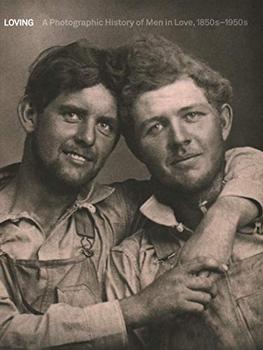 An extraordinarily moving photo essay in the Guardian based on pictures from Loving: A Photographic History of Men in Love from 1850s-1950s got me thinking about this week's "Culture Corner" topic which focuses on the early days of photography.
An extraordinarily moving photo essay in the Guardian based on pictures from Loving: A Photographic History of Men in Love from 1850s-1950s got me thinking about this week's "Culture Corner" topic which focuses on the early days of photography.
Photography as we know it began in the 1820s when French inventor Nicéphore Niépce created a light sensitive surface that could record a permanent image (albeit a poor quality one) in a process that was more akin to a photocopy than a photograph. A few years later, he and Louis Daguerre collaborated on a process that led to the first publicly available photographic process using mercury vapor to set a permanent image on a sheet of silver-plated copper. Henry Fox Talbot invented his own process at broadly the same time as Daguerre, and it was arguably a better one as it created a negative from which multiple positive images could be printed, but the daguerreotype won out in large part because the French government acquired the rights to the process in return for lifetime pensions for Daguerre and Niépce's son, and then released full details of the process so that all could use it.
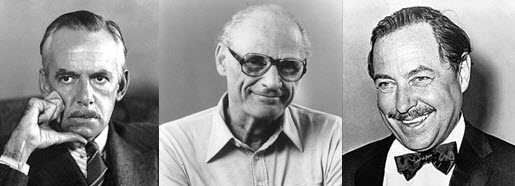 Each week in "Culture Corner" we're sharing cultural experiences you can access from home during the pandemic, such as online concerts, theater and art. This week we look at three of the most respected American playwrights of the 20th century: Arthur Miller, Tennessee Williams and Eugene O'Neill:
Each week in "Culture Corner" we're sharing cultural experiences you can access from home during the pandemic, such as online concerts, theater and art. This week we look at three of the most respected American playwrights of the 20th century: Arthur Miller, Tennessee Williams and Eugene O'Neill:
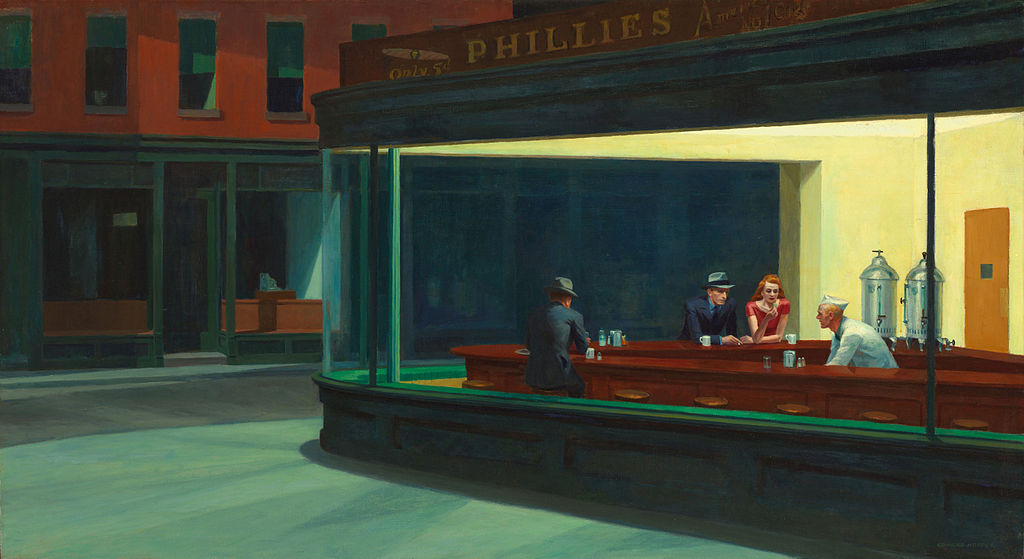 Each week, we're sharing cultural experiences you can access from home during the pandemic, such as online concerts, theater and art. This week we look at the influence of renowned American artist Edward Hopper.
Each week, we're sharing cultural experiences you can access from home during the pandemic, such as online concerts, theater and art. This week we look at the influence of renowned American artist Edward Hopper.
A large part of the mystique of Edward Hopper (1882-1967) is that he was entirely self-trained and possessed a preternatural gift for art; a perception that Hopper himself reinforced saying, "The only real influence I've ever had was myself." So, it came as a shock to many when, a couple of weeks ago, Louis Shadwick, a PhD student at the Courtauld Institute of Art published the findings of his research proving that at least four of Hopper's early oil paintings were copied from other sources, including instructional art magazines. This discovery also undermines the previously held perception that Hopper's earliest works were inspired by local scenes of his childhood in Nyack, New York.
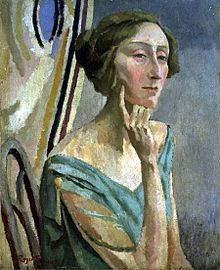 Each week, we're sharing cultural experiences you can access from home during the pandemic, such as online concerts, theater and art. This week we suggest:
Each week, we're sharing cultural experiences you can access from home during the pandemic, such as online concerts, theater and art. This week we suggest:
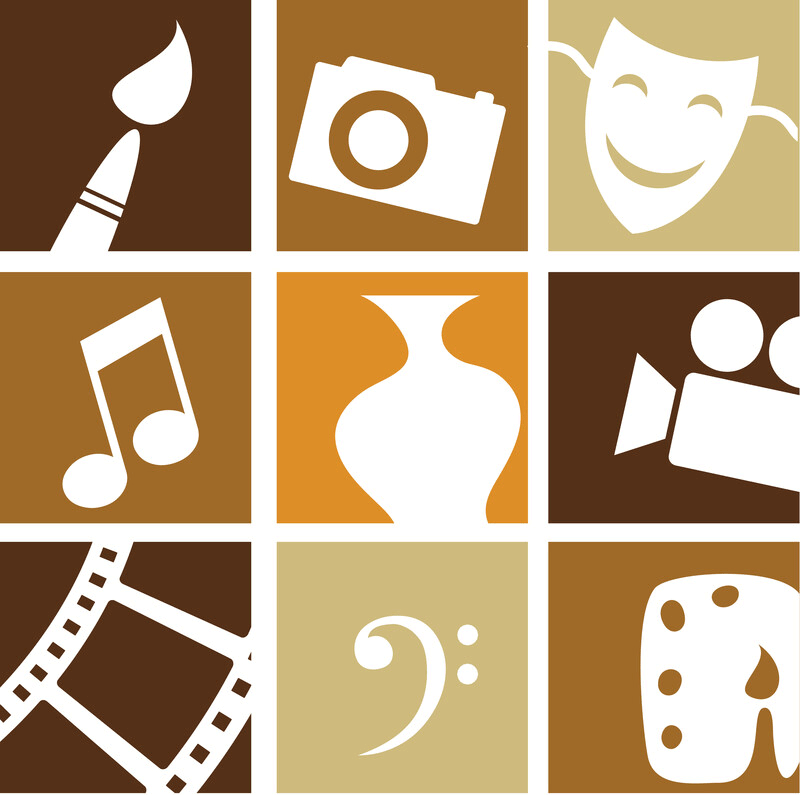 In our weekly "Culture Corner" we're sharing cultural experiences you can access from home during the pandemic, such as online concerts, theater and art. This week we suggest:
In our weekly "Culture Corner" we're sharing cultural experiences you can access from home during the pandemic, such as online concerts, theater and art. This week we suggest: